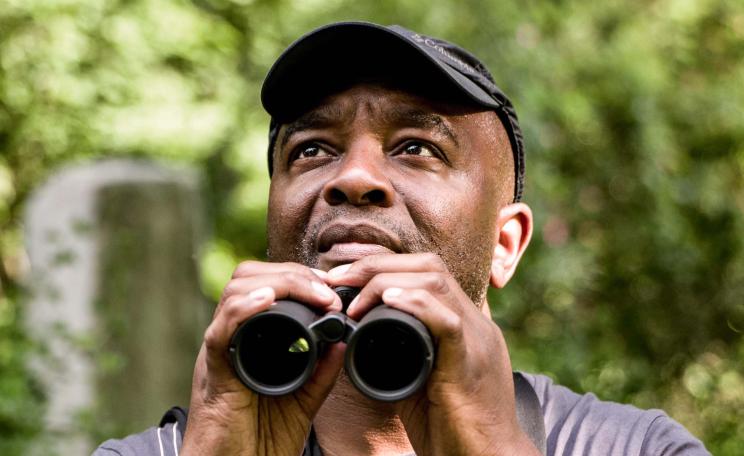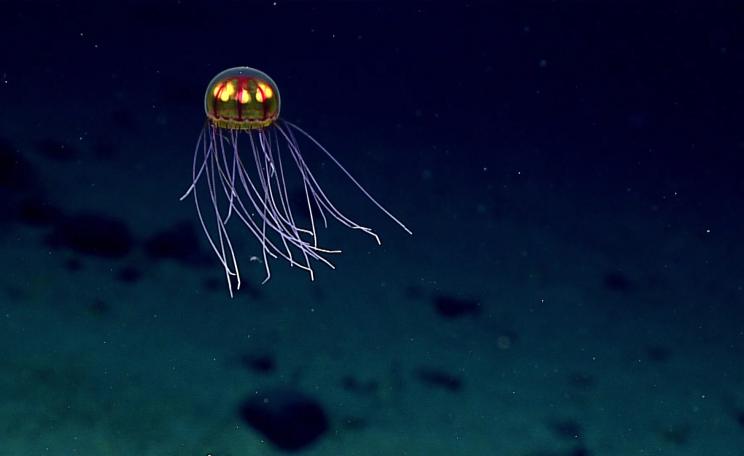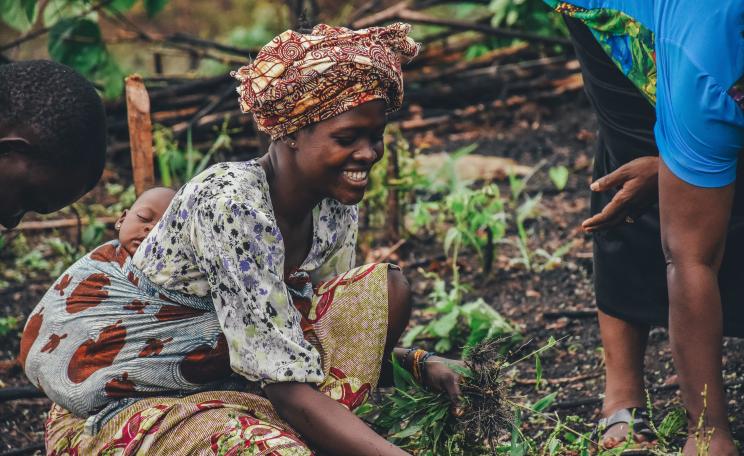With the new legislation, authorities around the world, including those in countries driving demand for the gecko, are empowered to take action against traders.
A small gecko with jewel-like markings is making a big comeback in the Caribbean, thanks to the hard work and commitment of Union Island residents, regional government and a coalition of local and international conservation organisations.
The critically endangered Union Island gecko’s population increased from 10,000 in 2018 to around 18,000 today, a significant increase of 80 percent, according to a recent survey.
The success has followed the efforts of Fauna & Flora International (FFI), Re:wild and local partners across the Caribbean.
Poaching
"As a Unionite and a community leader, I am extremely proud to be a part of this success story,” said Roseman Adams, co-founder of the local Union Island Environmental Alliance.
“Without a doubt, our shared, unwavering dedication and sacrifice has brought us this far.
“We now have to be entirely consistent with further improvements in our management and protection of the gecko’s habitat for this success to be maintained”, she added.
The only known population of the rare Union Island gecko, a reptile that is about the size of a paperclip, is confined to a 50-hectare patch of ancient forest in St.Vincent and the Grenadines. This makes these tiny creature particularly vulnerable to human activities.
The species was first described by science in 2005 and immediately became a coveted exotic pet. By 2018, the wild population had shrunk to one-fifth of its former size due to aggressive poaching for the international pet trade.
The gecko was the most heavily trafficked reptile from the Eastern Caribbean, a 2017 study found.
Guarded
A species recovery plan developed with local residents in 2016 has guided a range of conservation efforts. These involved greater protected area management and expansion, to anti-poaching patrols and 24/7 camera surveillance in the forest.
A number of organisations, including FFI, the Union Island Environmental Alliance and St. Vincent and the Grenadines Forestry Department, stepped in in to prevent the Union Island gecko from imminent extinction.
With the new legislation, authorities around the world, including those in countries driving demand for the gecko, are empowered to take action against traders.
“It is truly a testimony to the determination of the Forestry Department - and the amazing community wardens on Union Island - that this gecko has become one of the best guarded reptiles in the world,” said Jenny Daltry, Caribbean Alliance director for Re:wild and FFI.
According to Daltry, the geckos change slowly when brought into the light from dark brown to multi-coloured, like a Polaroid picture.
In 2019, the government of St Vincent and the Grenadines also successfully pushed for the Union Island gecko to be listed on Appendix I of CITES - the Convention on International Trade in Endangered Species of Wild Fauna and Flora.
This ensures the species the highest level of protection against exploitation and illegal trade. With the new legislation, authorities around the world - including those in countries driving demand for the gecko - are empowered to take action against traders.
Sensational
“Our surveillance efforts, alongside the CITES legislation, have gone a long way in deterring poachers. But we know that there are still people out there with the Union Island gecko on their target list,” said Isabel Vique, FFI’s programme manager for the Caribbean.
“In addition, with its sensational landscape and myriad of beautiful species, the geckos’ habitat is becoming under threat from destruction.
"If not properly managed, the development of Union Island not only puts the future of the gecko at risk but will impact a large number of other threatened species that are endemic to this area.”
Described as ‘globally irreplicable’ by the Critical Ecosystem Partnership Fund - Union Island’s well-preserved tropical dry forest and coral reefs hosts many endemic species.
Such species include the newly described Caribbean diamond tarantula and the Grenadines pink rhino iguana, as well as nesting leatherback and hawksbill turtles.
Endemic
Building on their efforts to protect the Union Island geckos, FFI, Re:wild, UIEA and the SVG Forestry Department are working on a wider initiative to protect the future of the island and its local community.
These efforts involve the development of nature-based, climate-sensitive solutions to poor employment opportunities.
They also provide sustainable development opportunities, as the island’s unique wildlife and forests start to attract visitors from all over the world.
“These efforts provide crucial evidence that successful conservation is a collaborative and inclusive effort, where the overall beneficiary is species survival,” said L. Fitzgerald Providence, director of forestry for the ministry of agriculture, forestry and fisheries, St. Vincent & The Grenadines.
He adds: “We now have to astutely work on securing the Chatham Bay Forest as a reserve to sustain the habitat for the Union Island gecko and other endemic species."
This Author
Yasmin Dahnoun is assistant editor at The Ecologist. This article is based on a Flora & Fauna International press release.





